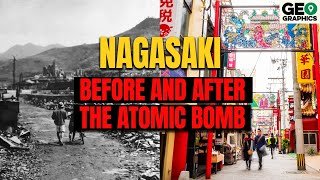November 7 (Geography) – A city shaped by profound historical moments, Nagasaki carries both tragedy and resilience in its story. Best known for the atomic bombing on August 9, 1945, Nagasaki suffered enormous destruction and losses, with tens of thousands of lives lost and countless survivors affected by radiation.
This defining event has since cast a shadow over the city’s legacy, overshadowing its rich history as an international trading hub, dating back to the 16th century, when Portuguese traders and Jesuit missionaries established Nagasaki as a major port and center for Christianity in Japan.
Despite the devastation of the atomic bombings, Nagasaki has risen again and transformed into a thriving metropolis with a robust economy and a commitment to peace. Through political activism, the city and its remaining survivors, known as hibakusha, strive to ensure that Nagasaki will be the last city to ever be targeted by nuclear weapons. The Nagasaki Atomic Bomb Museum and Peace Park serve as lasting reminders of the city’s past and its commitment to nuclear disarmament.
Today, the story of Nagasaki is not only about wartime tragedy, but also about its resilience and role as a global advocate for peace. The city, with its rebuilt population and flourishing trade, is a living testament to recovery and the hope for a nuclear weapons-free world.



